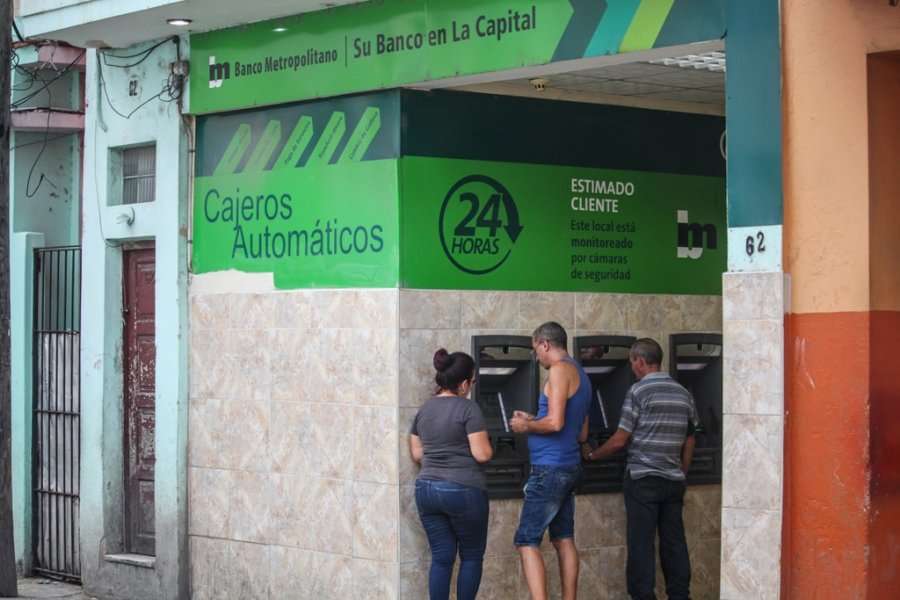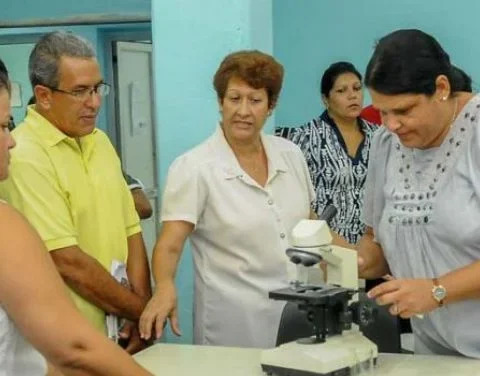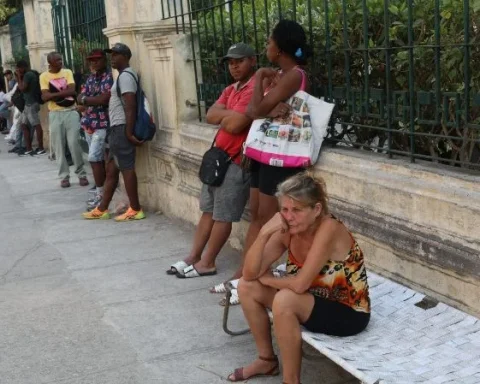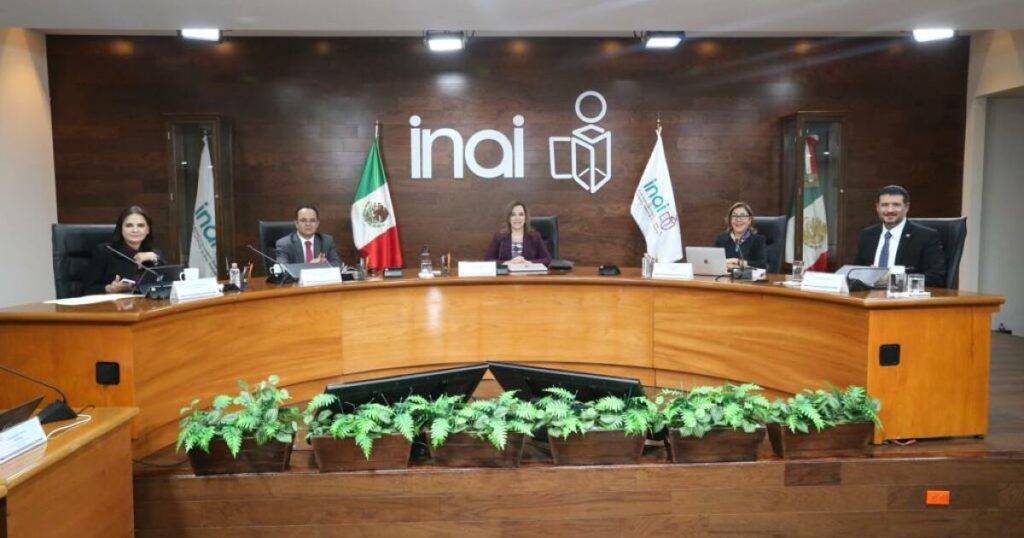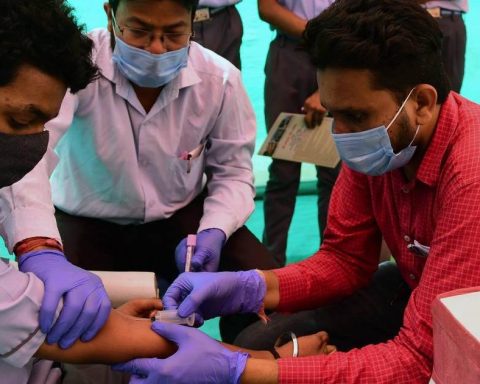On March 13, the Russian payment system began to be implemented at ATMs in Havana. According to banking experts, the move will favor the transactions of Russian tourists and businessmen on the island, among other advantages.
For some time now, Russia has been occupying leading places among the countries that send tourism to Cuba. In 2021, it even came to displace Canada as the main issuing market by documenting the arrival of 146,000 travelers, mainly to Varadero, using airlines such as Nordwind Airlines, Royal Fligths and Azur-Air.
According to the Cuban economist Luis René Fernández Tabío, the implementation of the Mir payment system constitutes “a step away from the SWIFT system that could favor Cuba’s incorporation into alternative mechanisms created” to get out of the dominance of the dollar and its entire system of unilateral coercive economic measures”.
Cuba and Venezuela advocate accelerating the use of Russian bank cards
He also said that this initiative can help reduce the vulnerabilities of the Cuban economy. “It always depends on what we do, but these entries in rubles will allow payment from products such as hydrocarbons and wheat to debts without the use of another currency. The Cuban banking system directly recognizes Russian cards and the ruble as a convertible currency,” he stressed.
However, he noted, “we cannot expect results if the transport restrictions are not overcome, since the regulations against Russian airlines make it impossible to travel through cheaper routes to the island. But, without a doubt, it is a very useful initiative for payments because it escapes sanctions and blockades“.
The Cuban ambassador in Moscow, Julio Garmendía, said Tuesday that he hoped that “all difficulties with the introduction of the Russian payment system will be resolved soon.”
So far, the Mir payment system cards are accepted in Turkey, Vietnam, South Korea, Armenia, Belarus, Kazakhstan, Kyrgyzstan, Tajikistan, Uzbekistan, South Ossetia and Abkhazia.’
